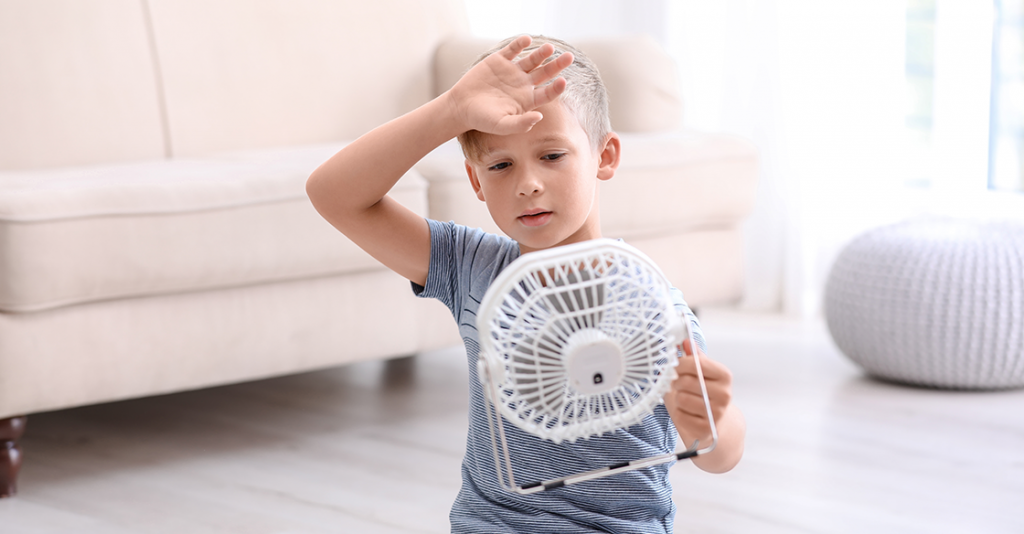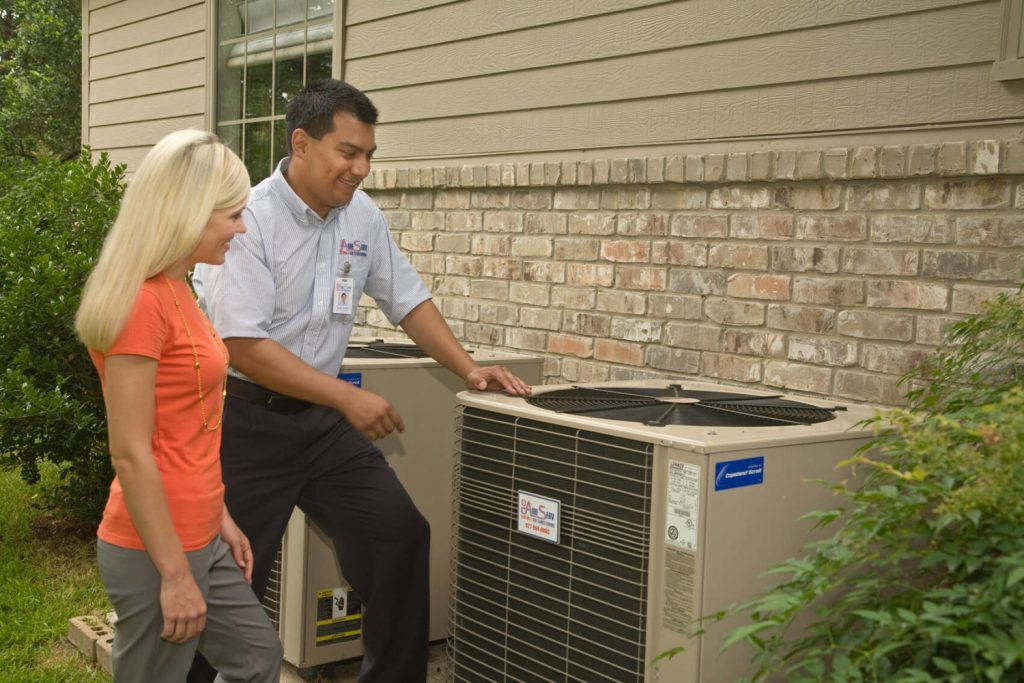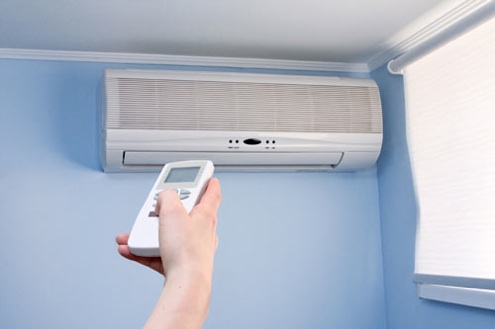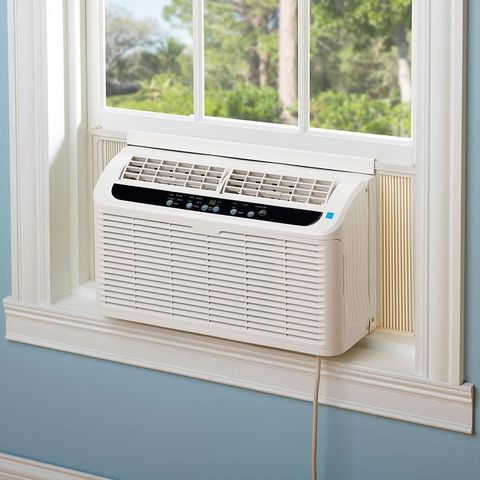
Summer is almost here, and soon your house will be heating up. Just thinking about having to shop for a new air conditioner makes you start sweating. What to ask your HVAC Contractor and which AC is the best one to buy? How will your energy bills be affected? What if window units are not allowed in your apartment building? Don’ worry, we did all of the research for you.
Finding a unit that correctly fits your space is the key to savings and comfort. If an air conditioner is not powerful enough it will not be able to cool your home effectively and may increase your power bill. A unit that is too powerful can work too quickly and shut off before removing a majority of the humidity. Your place will be cool but will still feel clammy. All of the constant on and off cycling also can reduce the equipment’s lifespan and put a lot of stress on it.
Another factor is energy efficiency: ERR (energy efficiency ratio) measures how effective a cooling system is able to run when the outside temperature is 95 degrees. Search for an air conditioner that has an Energy Star label. This indicates that the unit is more efficient than government standards. However, keep in mind that as efficient as your air conditioner might be, you won’t be as comfortable as you should be or get the most out of our money if your house is not properly insulated and sealed.
Keep all of this in mind, the following are some tips to help you find the best air conditioner for your house.
Central Air
The most popular kind of cooling system used in the U.S. is central air conditioning. The U.S. Energy Information Administration reports that over 75 percent of households that have a cooling system in their homes use central air.
One of the major outliers is New York City. The reason for that is its buildings are older than most major cities in America. The Department of Building estimates that about three-quarters of the buildings in New York City were built before 1960 – or before cental conditioning was popular. In order to retrofit an older apartment with central air, a condenser must be installed outside of the home, and on the inside ducts and a fan-and-coil system must be added for the cooled air to be distributed. That can be expensive, and it needs space, which many apartments in New York City lack.
Even if you would be willing to sacrifice a close to have a central air system installed in your prewar apartment, the building might not allow a condenser to be placed on the roof. It can also be prohibitively expensive to retrofit an apartment that was built without any ductwork. In the best situation, where a pipe does not heed to be run through a neighbor’s kitchen ceiling in order to get to the compressor – replacing or installing a whole-house system, on average, can cost from $2,650 up to $15,000. This is according to Fixr.com, which is a website that tracks home improvement expenses.
Another thing that needs to be considered is that a majority of central air systems are lacking in room-by-room control. Therefore, if you would like your bedroom to be cool as you sleep, you will need to cool down the rest of your house as well. However, since the mechanical components and ducts are built-in and hidden inside the attic, floors, or walls, central air is definitely the most discreet option that is available.
If you decide that central air is the best option for you, check the buying guide from Consumer Reports for reliability based on brand and make sure you consider the system’s SEER (Seasonal Energy Efficiency Ratio). It measures the efficiency of a central air conditioner’s operation over a complete season (the higher that the number is, the better).
Be sure to hire an installer who can work with you to come up with a good plan for where the ductwork should go, and make sure to insulate the ductwork. Make sure to also budget for having a professional come out for seasonal visits to clean the coils, change the filter, and perform other regular maintenance to ensure your system continues to work correctly.
The bottom line is if you have enough space for ductwork, then central air is a design-friendly, convenient, and quiet way to cool down your house.
Mini-Split Ductless Air Conditioner
If you cannot install central air, then your best bet might be a mini-split ductless system. This type of system gets mounted to a wall and a remote control is used to operate it. An outdoor compressor is still required by these systems, but not any bulky ductwork. Refrigerant gets circulated through tubing which connects the outdoor and indoor units.
Mini-split ductless systems are less discreet than central air, but hey are every efficient. You can control each unit separately and they provide heating as well. Fixr.com estimates that the cost to outfit a 2,000-square-foot house will range from around $1,00o up to $7,000. The cost increases as you add more wall units. You will need to have a professional install them and you should also budget for a yearly maintenance checkup.
Window Units
Easy to install and inexpensive, window units are one of the most popular methods for cooling down individual rooms. The prices start at about $129 for small units that can cool down a 150-square-foot-room up to $599 for a bigger designed for cooling down a space of 1,600 square feet.
T0 determine what size of window unit you need, measure the room that you want to cool down to calculate the total square footage. Energystar.gov has information on the recommended cooling capacity on the website.
Make sure you take into consideration how you use the room and sun exposure. For example, if it is a heavily shaded room, the Energy Star chart suggests that capacity be reduced by 10 percent. If two people or more occupy the room on a regular basis, 600 BTUs should be added for each extra person. Increase the capacity by 4,000 BTUs in the kitchen.



